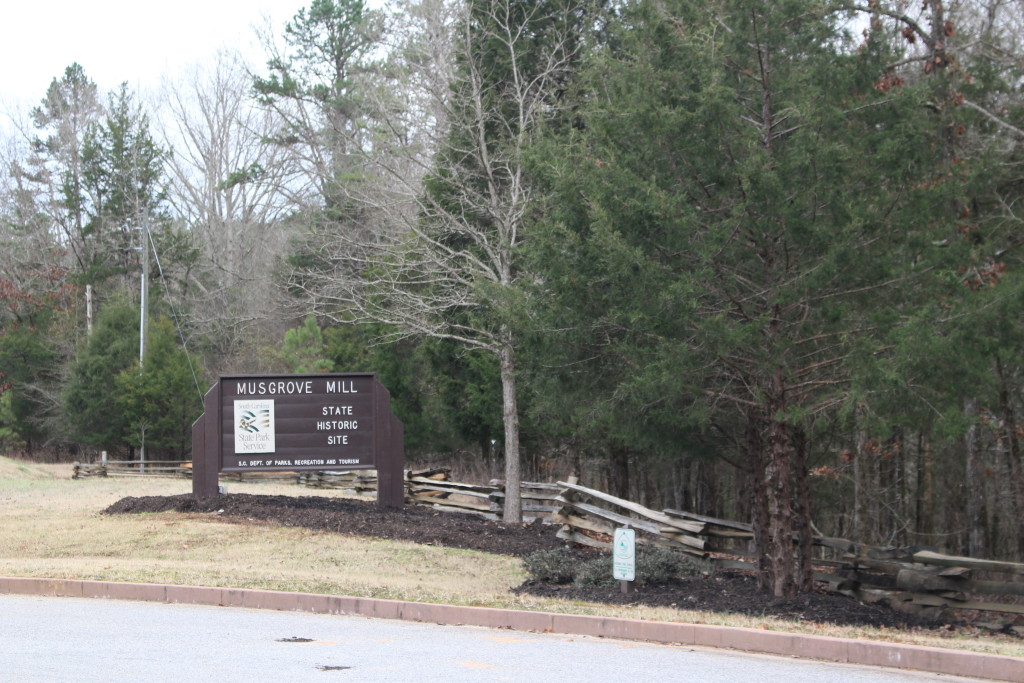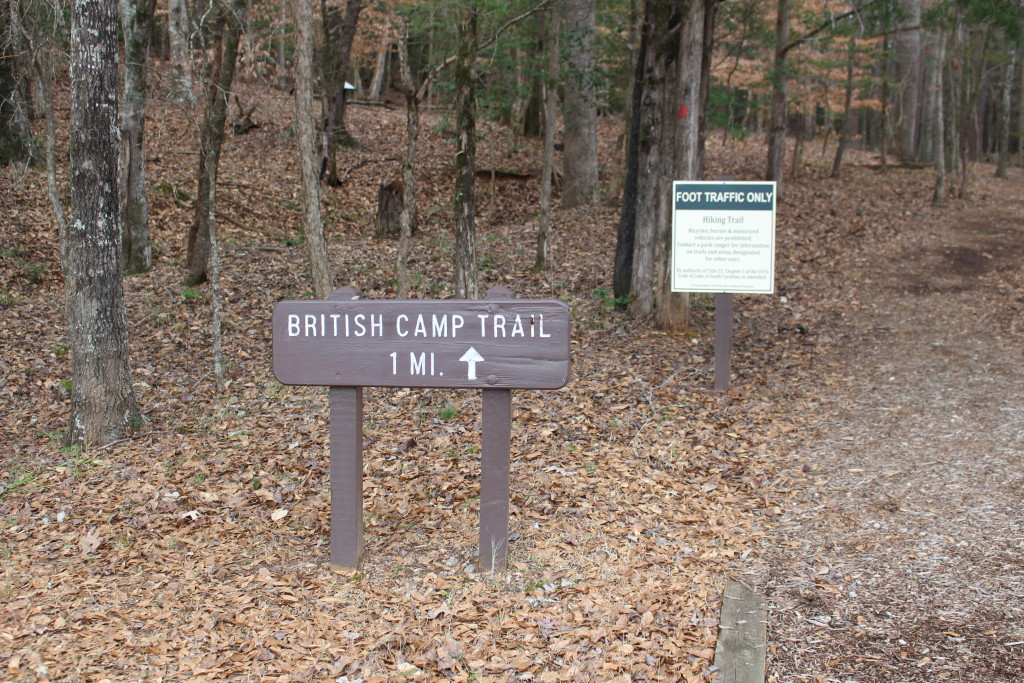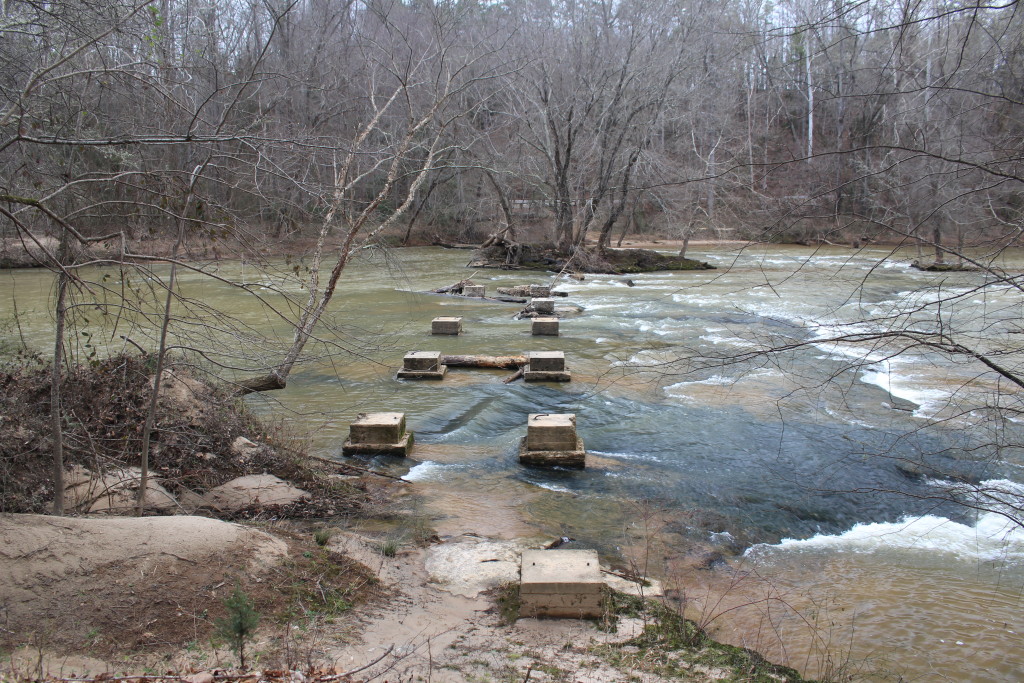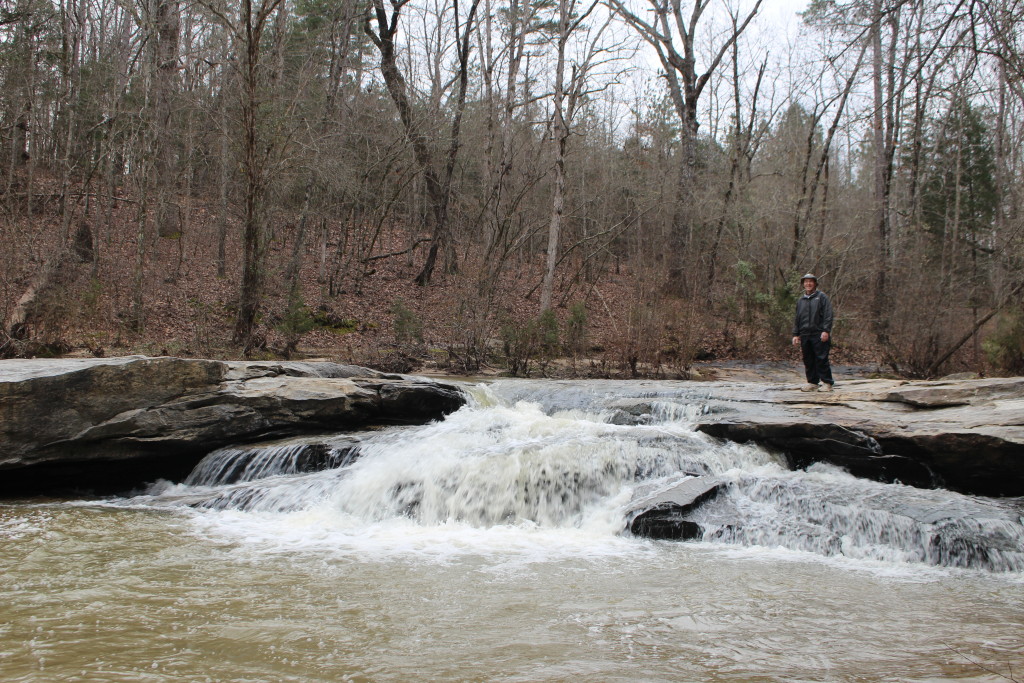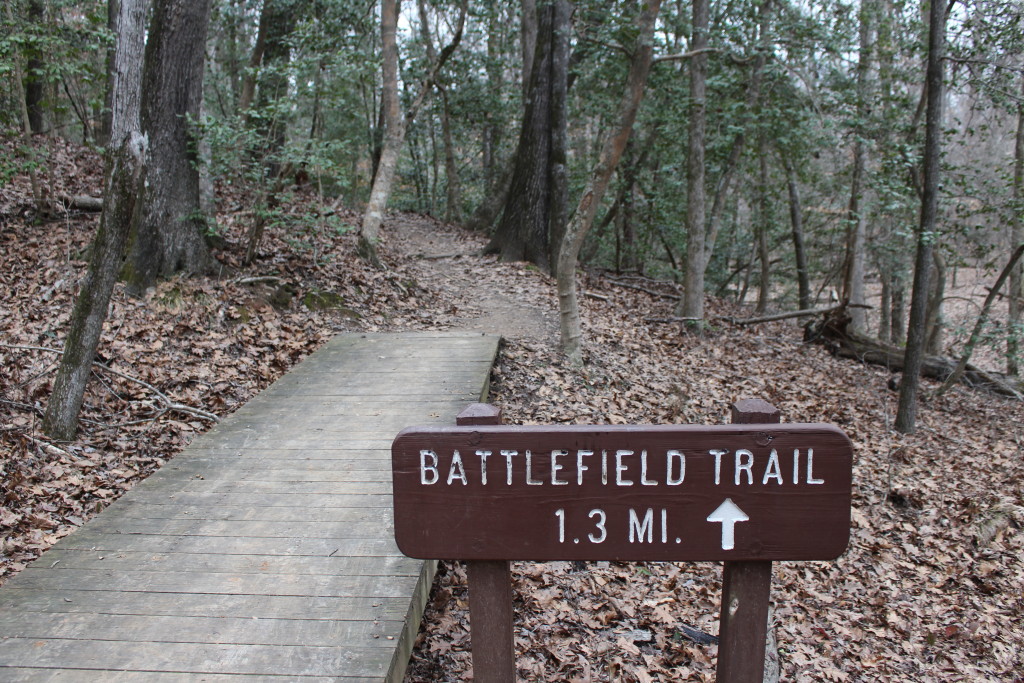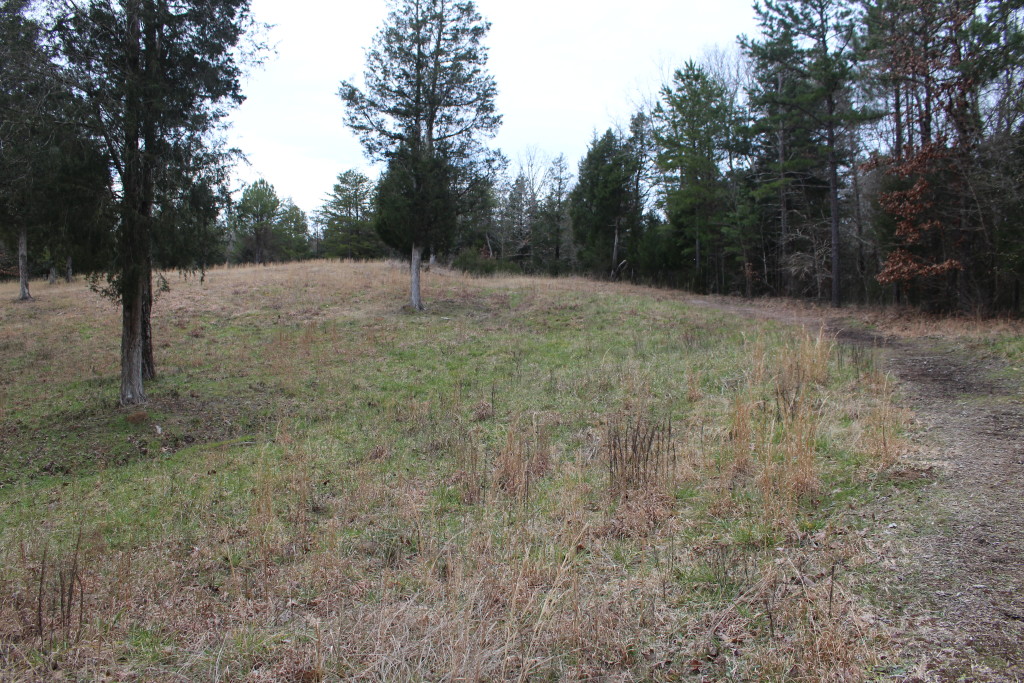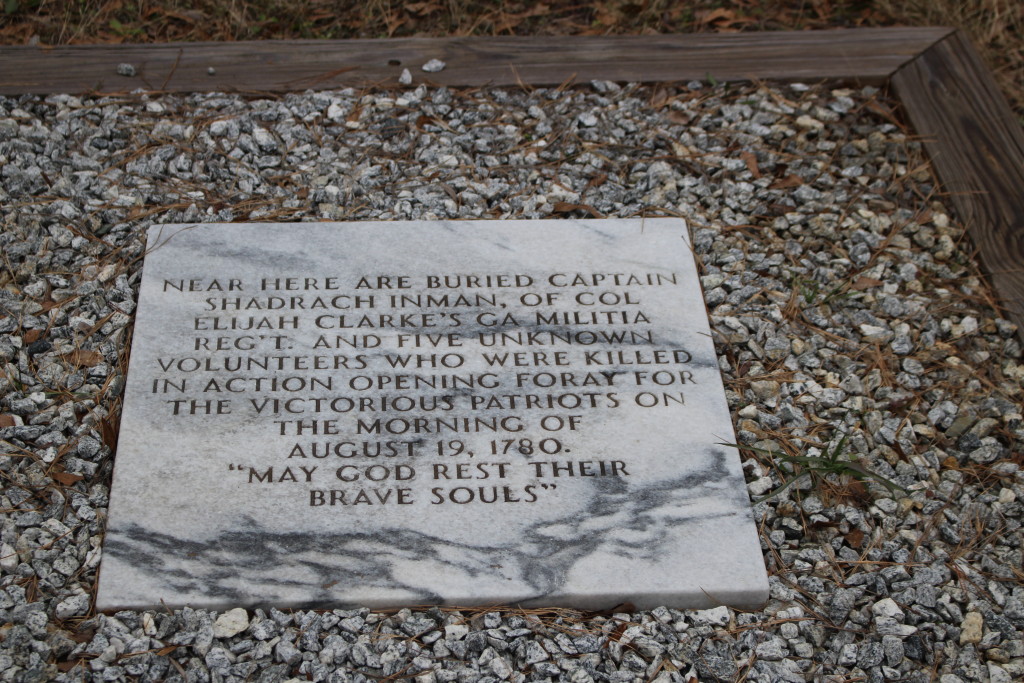The Battle of Musgroves Mill was only a few days after the Battle of Camden, before any of the soldiers involved in Musgroves Mill heard what had happened at Camden. The Patriot Militia was known for striking hard and fast, and then disappearing into the countryside. The Battle of Musgroves Mill was a classic militia fight.
The British sent Loyalist militia to guard every river ford and ferry in territory they occupied. In so doing, they hoped to control where the Patriot militia were able to strike. Consequently, about 300 Loyalist militia were guarding the ford at Musgroves Mill on the Enoree River around the time of the Battle of Camden. Militia commanders Elijah Clarke, Issac Shelby, and James Williams had been striking at Loyalist camps in central South Carolina, on their way to meet up with the army. They only had 200 men, but they could strike fast in unexpected places and had been very successful against the Loyalist militia.
When the commanders heard that there was a small force of Loyalist militia (300 men) guarding the ford at Musgroves Mill, they decided to attack, gain control of the ford, and irritate the British yet again. Upon arriving at Musgroves Mill, however, they learned that the Loyalist militia had been reinforced by 200 Provincial soldiers. Now the numbers were 200 Patriots to 500 Loyalists, but Clarke, Shelby, and Williams hatched an audacious scheme born out of necessity: their men were too tired to retreat.
On August 19, 1780, a band of about 20 Patriot milita under the leadership of Captain Shadrach Inman crossed the Enoree and engaged the enemy. Thinking it was a small raiding party, the Provincial soldiers pursued with the Loyalist militia right behind. Feigning confusion, the Patriots retreated back toward the main Patriot line, situated at the top of a hill with a long, open field before them. During the time it took the small band to engage the Loyalists, the Patriots who stayed behind set up breastworks at the top of the hill. When the Loyalists spotted the Patriot line, they fired too early. The Patriots, however, held their fire until the Loyalists got within killing range of their muskets.
The Loyalist Provincial forces were well disciplined and nearly overwhelmed the Patriot right flank with a bayonet charge. (Frontiersmen had no bayonets.) Just in time, Isaac Shelby ordered his reserve forward and they rushed into the battle shrieking Indian war cries. The Loyalists wavered, and when a number of their officers went down, they broke and retreated.
The whole Battle of Musgroves Mill took about an hour. Within that period, 63 Loyalists were killed, an unknown number wounded, and 70 were taken prisoner. The Patriots lost only about four dead and twelve wounded. It was a great victory against overwhelming odds. It also kept the Patriots from despair after losing their army at the Battle of Camden.
Today Musgroves Mill is a South Carolina State Park. Tom and I saw where the Loyalists had their camp along the river’s ford. We also walked up the long hill and stood on the ridge that the Patriots defended so well. We saw the grave marker placed just below the ridge for Shadrach Inman and the other Patriots who were killed.
After the Battle at Musgroves Mill, the Patriot militia went home, evading capture by Major Patrick Ferguson and the Loyalists on their tail. Colonel Isaac Shelby and his men returned to their homes over the Appalachian mountains, but they would soon be called on to fight again.

